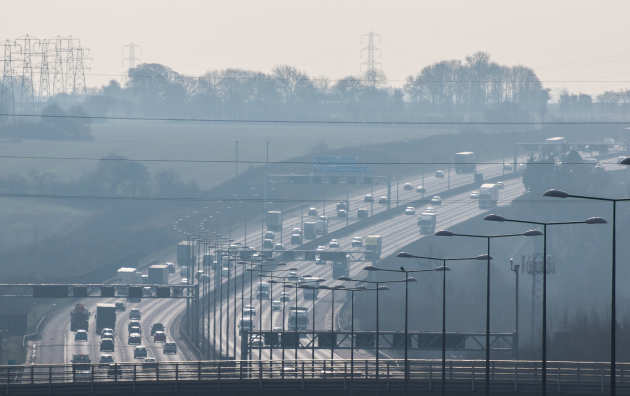Topics: Impacts and adaptation, Earth systems science
Type: Briefing paper
Publication date: April 2017
Download
Summary
Authors: Peter Steiglechner, Dr Apostolos Voulgarakis and Dr Matthew Kasoar

Short-lived pollutants such as sulphate particles, black carbon (BC), and tropospheric ozone are widely known to influence climate change indicators such as surface temperature and precipitation, and to degrade air quality.
Our ability to limit global temperature change within the 2°C target set by the Paris Agreement will be primarily determined by the cumulative emissions of long-lived greenhouse gases (GHGs), especially carbon dioxide (CO2), after emissions have stopped. Short-lived climate pollutants (SLCPs), such as methane, ozone or BC have lifetimes of the order of days to a few decades and so impose only a short-term radiative forcing in the atmosphere.
This briefing outlines how reducing SLCPs that warm the atmosphere will have immediate benefits for climate impacts as well as air quality. A rapid reduction of CO2 emissions can lead to lower future temperatures if warming SLCPs are simultaneously controlled.
The headlines
- Anthropogenic emissions of short-lived pollutants – such as those that affect the levels of ozone and aerosol particles in the troposphere – have multiple effects on the environment and human living conditions.
- Short-lived pollutants have complex and diverse impacts on both air quality and climate. For example, sulphate aerosols, which cool the atmosphere and so offset some global warming, also increase air pollution levels and cause drought.
- The impacts of short-lived pollutant emissions on air quality and climate change vary greatly depending on both the region where emissions occur and the location of the affected region.
- The climate effects of air pollutants are best assessed on a region-by-region basis, and are not easily captured by global metrics.
- Reductions of emissions of short-lived pollutants to control air quality degradation can deliver co-benefits for mitigating regional climate change, and visa versa, as long as these reductions are not treated as a substitute for measures to reduce CO2.
- Air quality and climate policy should be designed simultaneously to maximise beneficial outcomes.
- Novel multi-impact, multi-region emission metrics can help make such policy choices more informed.
Download now: Novel policy tools to assess the environmental impacts of air pollutants - BN 5 [pdf]
View publications by:
Topic
Climate Science
Earth and Life Sciences
Energy and Low-Carbon Futures
Resources and Pollution
Economics and Finance
Health
View all publications and browse by year
Publication type
Briefing papers and Briefing notes
Grantham Institute Outlooks
Evidence & submission papers
Infographics
Institute reports and analytics notes
Grantham notes
Collaborative publications
Discussion papers
Institute event overviews
Working papers